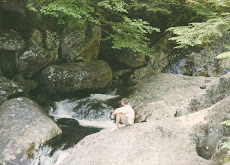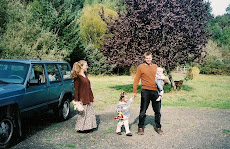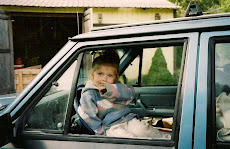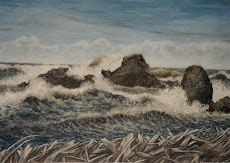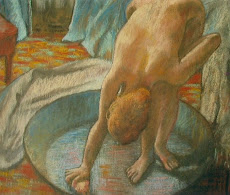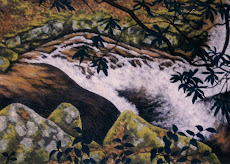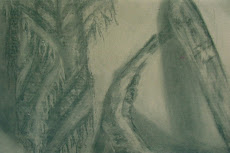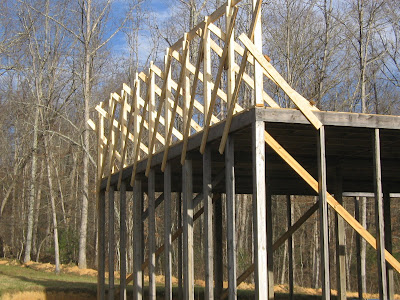
I've decided to abandon my gambrel roof idea for the barn - though it is the classic barn look. Here's the original drawing:

But it wasn't until Rafael and I went up a few weeks back, and he mentioned the great 360 degree view from the upper story of the barn. Then I got to thinking . . . I could actually do something else to take advantage of that, like simply build an upper story with a gable roof. This is what I came up with:
 The pitch is 1/4, just like the cabin, 2x6's 24 o.c. on a 9.5' span. There are four post and beam walls to support the roof, those on the outside composed of doubled 2x6 studs 4' o.c. The inner post and beam frame will support the rafters midway, and be composed of tripled 2x6 posts 12' apart, with tripled 2x8 beams across the top of them. The upper rafters, instead of meeting at a ridgeboard, will be joined in a truss, composed of a pair of rafters, an 18' 2x6 collar tie, with a king stud to connect them midway. This truss will be made on the floor then raised into place. I'll put in knee braces beneath the upper story to take the weight of the interior posts.
The pitch is 1/4, just like the cabin, 2x6's 24 o.c. on a 9.5' span. There are four post and beam walls to support the roof, those on the outside composed of doubled 2x6 studs 4' o.c. The inner post and beam frame will support the rafters midway, and be composed of tripled 2x6 posts 12' apart, with tripled 2x8 beams across the top of them. The upper rafters, instead of meeting at a ridgeboard, will be joined in a truss, composed of a pair of rafters, an 18' 2x6 collar tie, with a king stud to connect them midway. This truss will be made on the floor then raised into place. I'll put in knee braces beneath the upper story to take the weight of the interior posts.Here's a materials list and cost estimate of what I need beyond what I've already had delivered, which was just the wood for the outside walls:
 This building's 36' x 36', and at two stories 2,600 square feet. Every step of the way is Herculean next to the cabin. The design I've adopted is simple, straightforward, and something I can build alone. I think it's strong also, and will look good. Continuing the modified post and beam on the upper story will allow us to purchase doors and windows later and fit them in easy - things that at the moment we do not have the money for at all.
This building's 36' x 36', and at two stories 2,600 square feet. Every step of the way is Herculean next to the cabin. The design I've adopted is simple, straightforward, and something I can build alone. I think it's strong also, and will look good. Continuing the modified post and beam on the upper story will allow us to purchase doors and windows later and fit them in easy - things that at the moment we do not have the money for at all.As far as the exterior look, I've sort of left 'barn' territory, and it's more of a conventional 'house' - i.e a giant box. But we're still doing the front upper story deck, the large barn doors, and with shed-roof additions / covered patio options for the perimeter, that will make it far more interesting ultimately, as well as functional.
The weather in Tennessee was perfect, sunny, cold the first night, then wonderful, like an Indian Summer. Friday afternoon I put down my sole plates and laid out where the posts will go as well as took measurements for them. It gets dark early, and cold, so I spent the evening shaping my doubled 2x6 studs in the cabin with a 1400 watt work lamp right behind me - they give out not only light but tremendous heat, and it kept me nice and warm. I first cut the boards with my new chop saw I got for my birthday, then cut out shoulders with a circular and jig saw to take the 2x8 beams. I stayed up till nearly 11, but got a lot done . . . and the only drawback was all the sawdust inside.
Saturday morning Rachael and I started putting in the studs. Here's the first:
 Here's the view of the cabin as we worked:
Here's the view of the cabin as we worked: A bird had been living in there, it had gotten in via the open soffits. There was some bird poop also - I wonder if she'll try to nest in there? I'll have to close in the soffits soon. It won't be fun putting up plywood upside down 15' in the air, I know that. And there's all the vents of course.
A bird had been living in there, it had gotten in via the open soffits. There was some bird poop also - I wonder if she'll try to nest in there? I'll have to close in the soffits soon. It won't be fun putting up plywood upside down 15' in the air, I know that. And there's all the vents of course.It took us all day to put one full wall of doubled studs up, 10 posts in all 4' o.c., and brace them plumb. Here we're just getting started:
 Here they're in, all the way to the back, on the west side:
Here they're in, all the way to the back, on the west side: Here's a shot from a different angle:
Here's a shot from a different angle: It's funny to contrast the upper and lower stories. The lower story's servicable, but it was the first carpentry I ever did - I'd never even cut a board with a circular saw before! I've learned a lot over the last 2 years. If only I could learn how to work faster! I know a pneumatic would help - I'm thinking about getting a trim gun and compressor for when I get to the sheathing - hammering in all those ringshank nails every 6" takes forever. And it's hell on your arm.
It's funny to contrast the upper and lower stories. The lower story's servicable, but it was the first carpentry I ever did - I'd never even cut a board with a circular saw before! I've learned a lot over the last 2 years. If only I could learn how to work faster! I know a pneumatic would help - I'm thinking about getting a trim gun and compressor for when I get to the sheathing - hammering in all those ringshank nails every 6" takes forever. And it's hell on your arm. Though you can only see the gazebo now in the distance, under the white oaks, that south-facing slope will one day have a passive solar home built out of dirt [adobe/earthbags]. It'll be a lovely view.
Though you can only see the gazebo now in the distance, under the white oaks, that south-facing slope will one day have a passive solar home built out of dirt [adobe/earthbags]. It'll be a lovely view.I ran out of daylight, and decided to take the night off and visit some neighbors. We had a great time chatting and eating Thanksgiving leftovers.
Sunday I started putting in the 2x8 boards on the shoulders which will make the beams for the rafters. Here's some in:
 For the first time I've ordered the wrong boards. I knew I needed 40' of length for each run of 2x8 beam, and that the joints on either side of the stud shoulders needed staggered - what I forgot was, that the boards needed to be in 4' increments, and as long as possible! I'd ordered only 8 and 10 footers. I can use some of them, but will need 12 and 14 footers to complete the job. A 2x6 top plate will cap the beams once all the 2x8's are in.
For the first time I've ordered the wrong boards. I knew I needed 40' of length for each run of 2x8 beam, and that the joints on either side of the stud shoulders needed staggered - what I forgot was, that the boards needed to be in 4' increments, and as long as possible! I'd ordered only 8 and 10 footers. I can use some of them, but will need 12 and 14 footers to complete the job. A 2x6 top plate will cap the beams once all the 2x8's are in.I loved how I could use the clamps to pull the crown down out of a board to get it perfectly level. Getting the beams dead level on top will make gang-cutting the rafters and getting a good fit a cinch. Here are some clamps at work:
 The end of this 2x8 only needed to come down a hair to touch the shoulder, but there was no brace to attach one end of the pipe clamp to. So I used another clamp tight to the board for the clamp to work off of. It worked great.
The end of this 2x8 only needed to come down a hair to touch the shoulder, but there was no brace to attach one end of the pipe clamp to. So I used another clamp tight to the board for the clamp to work off of. It worked great.Since I'm going to be continuing with the framing soon, I only sealed the flats with Thompson's water sealant - which were the sole plates, the stud shoulders, and the tops of the studs and beams - everything else will shed water. I also put in the sole plates on the east side of the barn, sealed them, and cut to length all the doubled studs for it with the chop saw. The next step here is making the shoulders - it's nearly half a day to cut them and screw the boards together. I ran a line from one set of sole plates to the other 36' away on the other side of the building, put on a line level, and was happy to see they were dead level with each other. I guess using a laser level for the lower story did the trick.
I've used 3" drywall screws for everything. I picked up a 25lb bucket of them for $56 at Home Depot on the way. It sounds like a lot . . . but that's only $2.28/lb, and screws are so much lighter than nails, I hardly made a dent in what I'd bought, the hold is incredible, if something's wrong the screws back right out, and they can be reused. I'm a big fan of screws. The downfall is how slow they are to use. If I ever get a framing gun, it would probably be diffcult to go back to the tedium of installing screws.
Here's where the barn is so far:




















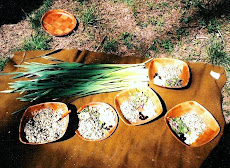









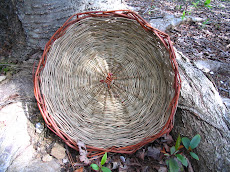



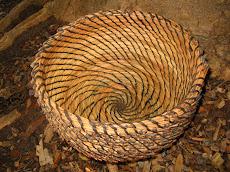



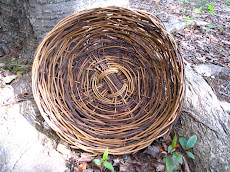

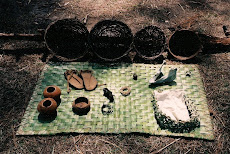


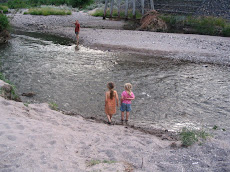

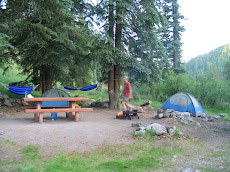


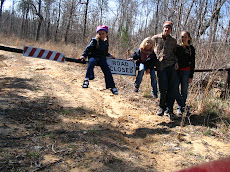

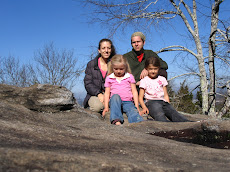




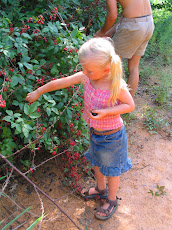








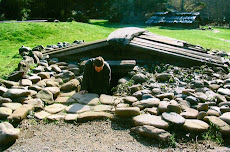

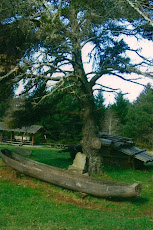



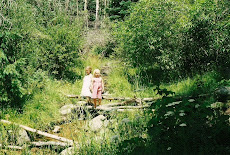
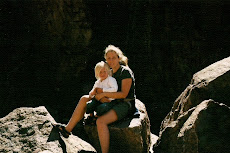
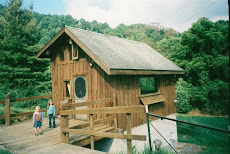

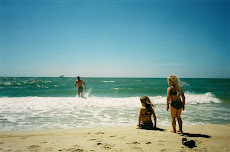
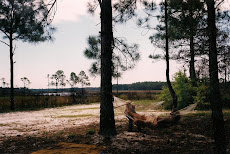

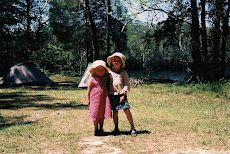.jpg)

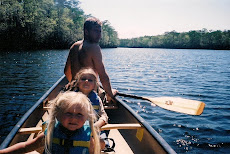.jpg)

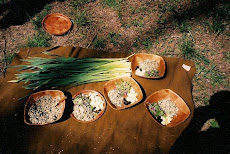
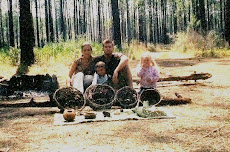
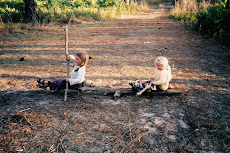.jpg)

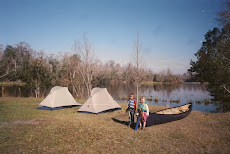

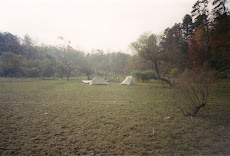
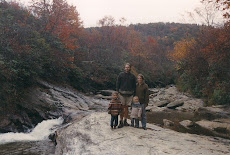
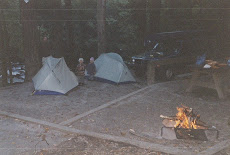


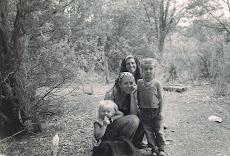.jpg)
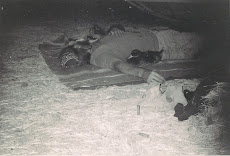.jpg)
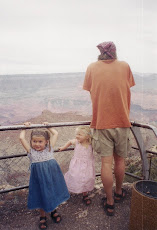
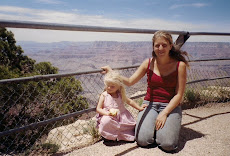.jpg)
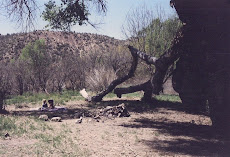.jpg)
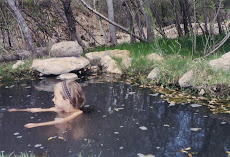
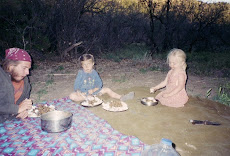.jpg)
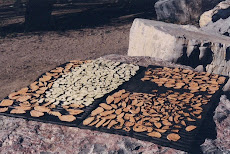
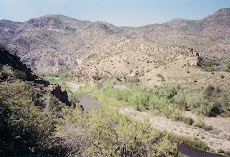.jpg)


